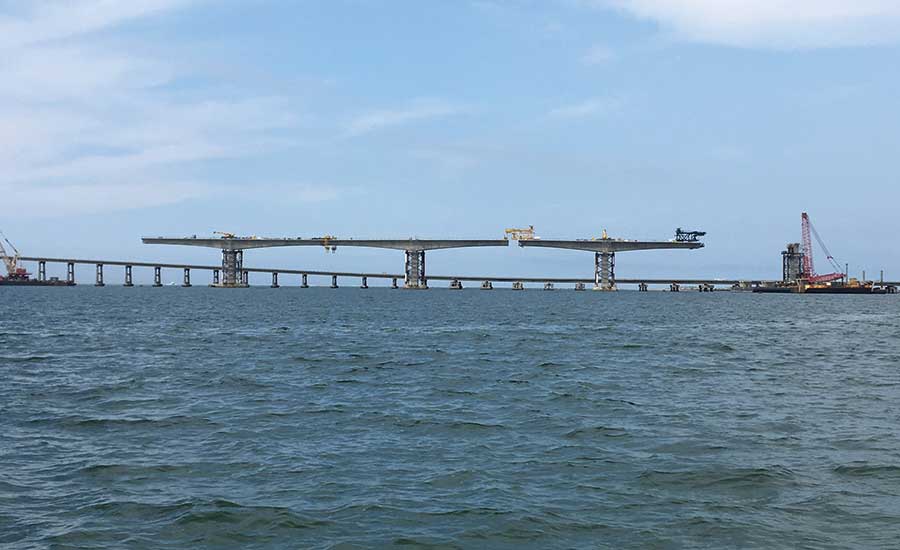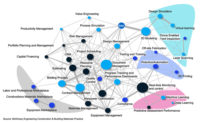Despite ongoing uncertainty regarding federal funding promises, there is no shortage of opportunities in all sectors of U.S. transportation. Thanks to an impressive number of successful state ballot initiatives last November, billions of dollars will go into rehabilitation and expansion projects as well as some major new starts, particularly in transit.
“Everybody comes from the same position that U.S. infrastructure is dilapidated, with some $4.5 trillion in needs,” says Terence Easton, vice president of business development for Fluor Corp., which is working on many megaprojects, such as the $3.9-billion New NY Bridge and the $5.6-billion Purple Line transit project in Maryland. “The feds are saying a lot—$200 billion in investment, reducing permit times, expanding TIFIA. We agree with those things. But the action is happening at the state and local level.”
Brian Deery, senior director of highway and transportation for Associated General Contractors, notes that the past two highway bills emphasized freight networks and facilitated multimodal projects between highways, ports and rail, such as the $1-billion Gerald Desmond replacement bridge in Long Beach, Calif. “There’s going to be a lot of these projects,” he says.
ENR 2017 Top 400 Contractors
ENR 2017 Top 400 Contractors Full PDF
Three of the overall largest transportation projects involve terminal work at the LaGuardia, Los Angeles and Orlando airports.
The opportunities increase the existing challenge of recruiting new talent, including skilled labor, to the industry. “The shortage of qualified field labor is by far the biggest challenge we’re facing,” says Jim Schneiderman, district manager with PCL Civil Constructors Inc., which is rehabilitating or rebuilding a number of critical bridges, including the $246-million Bonner Bridge, in North Carolina. “Competition for qualified labor is fierce, and we are finding ourselves having to increase wage rates and/or offer per diems just to attract qualified labor. It is a challenge on literally every single one of our transportation projects.”
Suffolk’s CEO John Fish and others are emphasizing technology trends, such as drones and virtual reality, to attract new talent and maximize efficiency on projects. “We’re trying to take the tools that are out there and leverage them to ‘build smart,’ ” says Roddy Boggus, executive vice president for aviation with Suffolk, noting that the firm is hoping to “spread its wings” in the aviation space beyond Boston. The company has built a 10,000-sq-ft virtual-reality lab and hosted a virtual groundbreaking on a project last year.
Further, the industry is figuring out how to anticipate technology’s impacts on rebuilt or new infrastructure, notes John Couture, VP of Business Development of Flatiron Construction Co. He adds, “That includes building for factors like lower-energy costs and the advent of automated vehicles.”
Moreover, increasing emphasis on life-cycle and maintenance costs requires incorporating more elements, such as high-performance concrete, stainless steel and fiber-reinforced polymers into bridges now expected to last 100 years.
Alternative project delivery methods continue to mature. “Ten to 15 years ago, design-build was more at the state level. Now, we’re seeing local municipalities embrace it, as well,” says DiCiurcio.
The learning curve may now be more on the contractor side. PCL’s Schneiderman says, “Contractors have been slow to react in terms of adjusting our prices to take on additional [contract] risk. However, the industry is beginning to shift in terms of risk tolerance, and I believe we will begin to see prices increase over time to account for this.”





Post a comment to this article
Report Abusive Comment